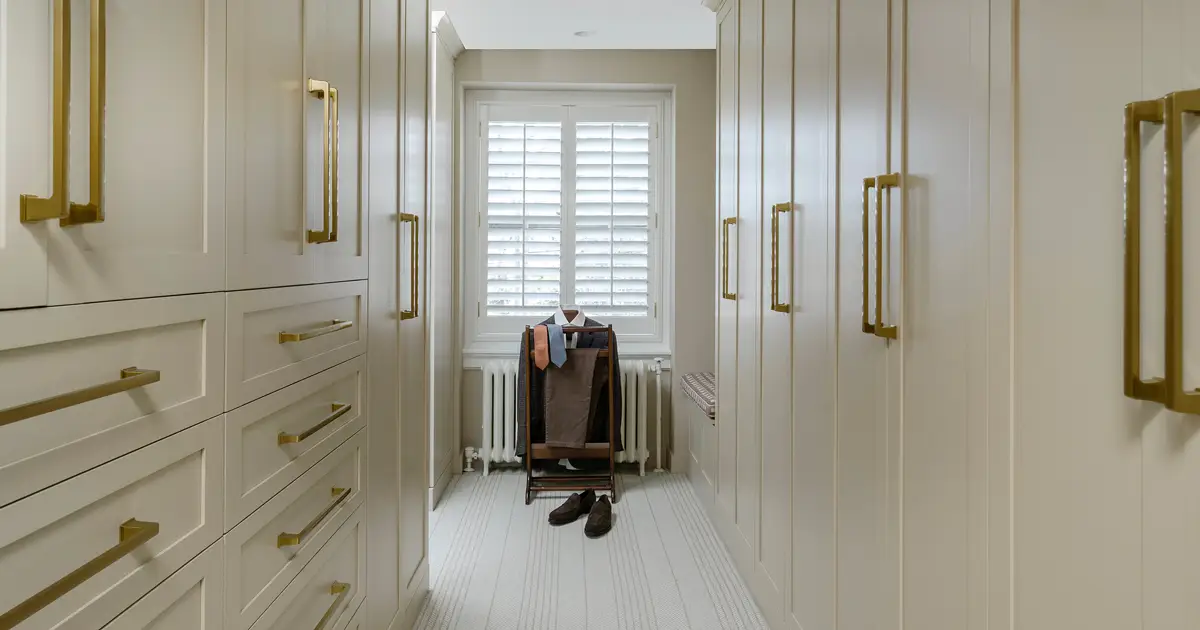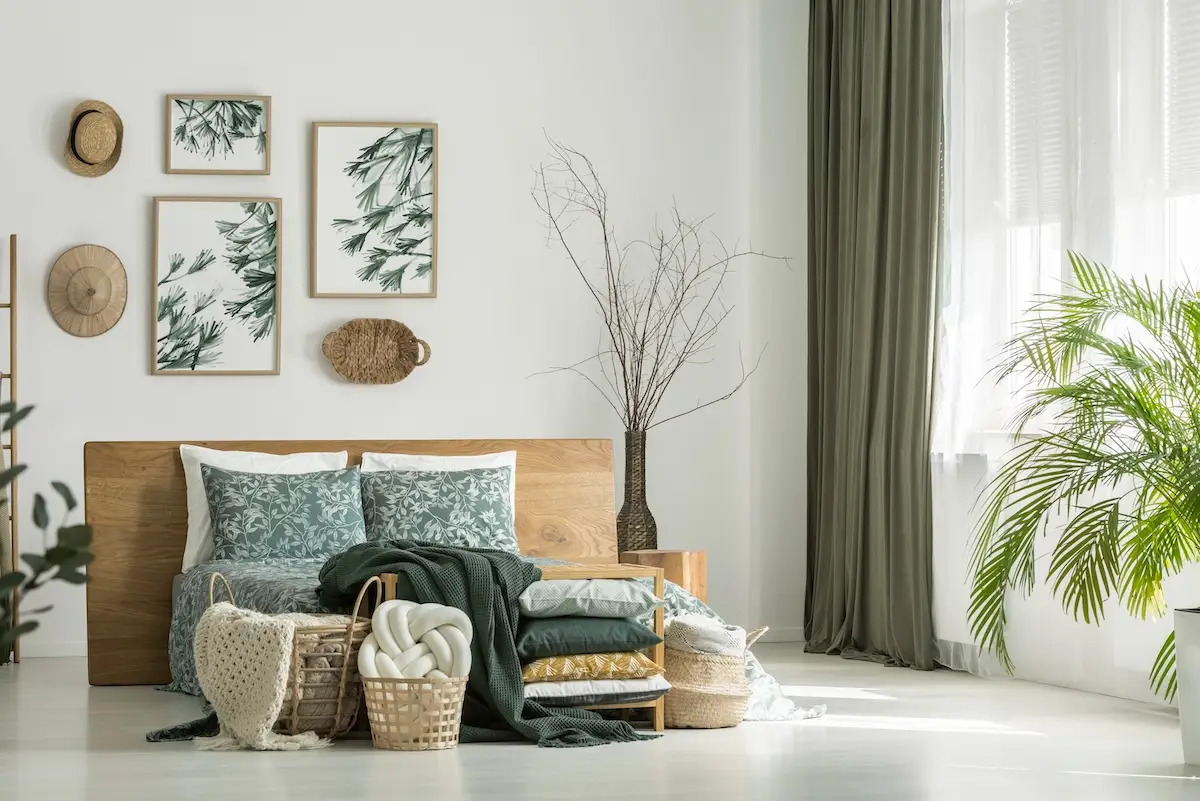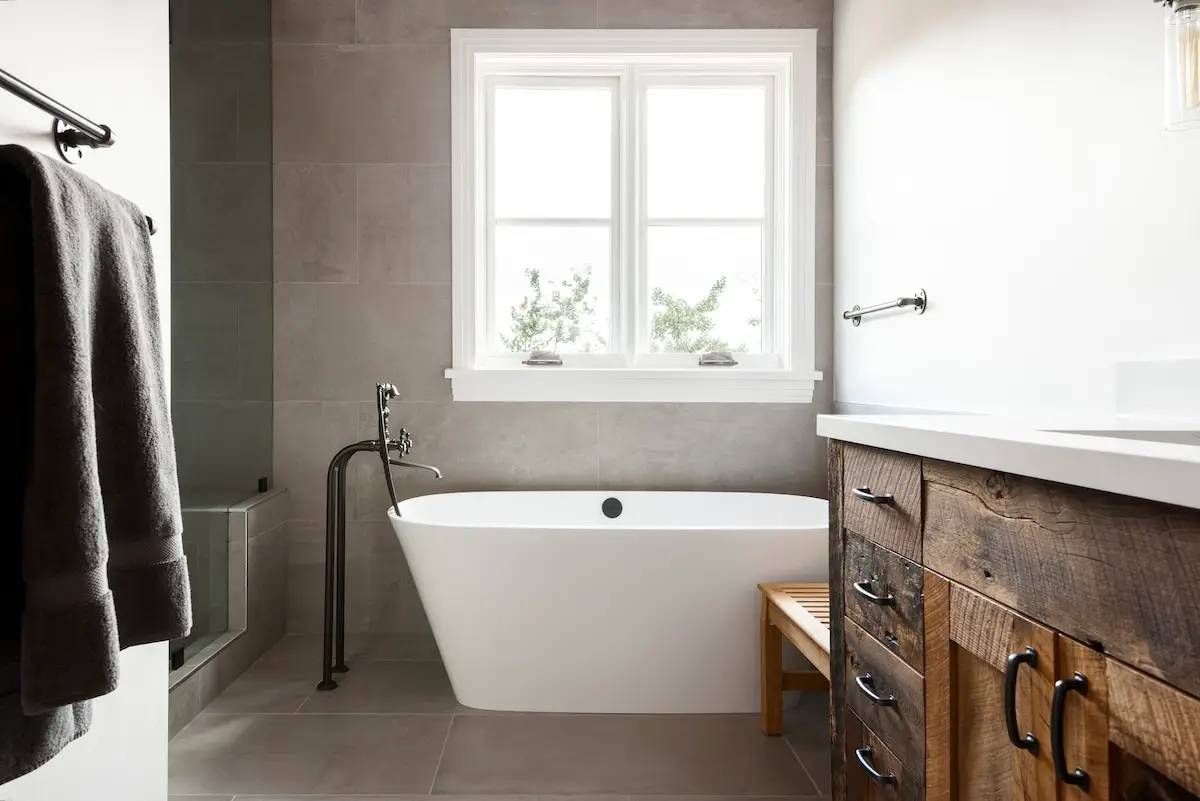Every homeowner dreams of designing their ideal living space, but the journey doesn’t end there. Once that vision becomes a reality, the next step is preserving its beauty. That starts with understanding how to properly clean and maintain your floors, which are the foundation of your interior’s aesthetic. Learning these essential practices will ensure your dream home’s beauty endures for years to come.
Importance of Proper Care
Preserving your home’s aesthetic is a key aspect of routine care, but health, hygiene, and safety are equally important. Different flooring materials require specific cleaning methods to avoid warping, discoloration, and potential walking hazards.
When choosing your flooring, invest in the necessary equipment to properly clean and maintain your floors. For example, microfiber mops are ideal for hardwood while soft-bristle brooms work better for tile. When equipped with the right tools, you can protect your financial investments and avoid excessive repairs or frequent renovations, which minimizes environmental impact and waste.
Carpet Floors
Carpet is a popular flooring choice for its plush comfort and sustainable insulation. White carpet helps improve air quality by trapping dust and debris, regular cleaning is essential to maintain a healthy living space.
Preventative measures can improve carpet longevity while maintaining a healthy living space. These measures include placing decorative rugs near entryways, hallways, and high-traffic rooms. When vacuuming these spaces, avoid using brush roller vacuums as these stiff brushes can rip apart fibers, leading to frayed and damaged surfaces. We recommend using suction-only vacuuming with bristle brushes to remove loose fibers.
Make note of common characteristics like shedding, sprouting, and piles. Carpets tend to shed fibers, which can be managed through routine vacuuming. Tufts that sprout from the surface can be cut to prevent uneven patches. If you spot carpet wrinkles, contact professionals to install new padding. Likewise, pile fibers can create the illusion of discoloration, but this is caused by reflected light and is not a defect.
Adhere to a routine cleaning schedule to quickly remove stains and mitigate debris buildup. However, these schedules may vary on your home’s activity level and climate. Be proactive when handling spills, and never rub liquid spills. Instead, blot the spill with a microfiber cloth and use a carpet cleaner. Schedule a professional steam cleaning every 12-18 months to remove grime thoroughly.
Area Rugs
Area rugs collect trekked-in dirt near entryways or add decorative flair to your space, but how you maintain them will depend on their material. For example, wool rugs can be shaken outdoors to remove loose debris, while delicate silk rugs require professional cleaning services to preserve their intricate fibers.
Start by creating a weekly vacuuming schedule to remove dirt, pet hair, or dust from both sides of your rug. Vacuum in the direction of the pile to maintain your rug’s texture. Likewise, you can deep clean rugs with wool-safe shampoo, cold water, and a soft-bristle brush. You can follow the same process with synthetic rugs, but substitute cold water for lukewarm. Take note that this process might damage viscose and silk, so avoid oversaturating certain materials.
And finally, when storing area rugs, place them in breathable bags to avoid moisture buildup. Consider rotating rugs every few months to minimize discoloration in high-traffic, sunlit areas. Additionally, you can swap out area rugs to keep your home’s aesthetic fresh and appealing.
Hardwood Floors
Different types of hardwood require specific cleaning methods to preserve their finish and natural beauty. Surface finishes act as waterproof barriers, while penetrating finishes like tung oil absorb water, resulting in warped floorboards. For these finishes, ditch water-based solutions and use solvent-based cleaners instead.
To properly clean and maintain your floors, sweep daily with soft-bristle brooms. Use a damp, pH-neutral wood cleaner on flat microfiber mops to trap dirt effectively. You can also protect floors by placing felt pads under furniture legs to prevent scratches. If vacuuming, avoid vacuums with beater bars, as they can dent wood surfaces.
Seasonal maintenance varies based on your region’s climate. In colder months, use a humidifier to prevent wood from drying out. If you often track in dirt or snow, consider increasing your cleaning schedule to keep floors in pristine condition year-round.
Tile and Stone Floors
Tiles and stone flooring are known for their easy maintenance, but like other floor materials, cleaning methods vary. As a general rule, vacuum or sweep before mopping to collect loose dirt and dust.
When cleaning grout lines, mix baking soda with water for an effective wash. Add detergent for easy rinsing, but avoid acidic or abrasive cleaners that can dull stone surfaces. Also, try to avoid excess moisture on synthetic tiles like linoleum to prevent damage. Alternatively, porous materials like marble can be sealed to prevent liquid stains and wear. This might require you to re-seal your marble once every few months to maintain its shine.
Laminate Floors
While laminate floors are excellent low-maintenance alternatives to hardwood, they are more prone to warping in moist environments. To prevent this, avoid oversaturating the surface with water or harsh chemicals. Use microfiber mops instead of sponge mops to keep dirty water from seeping into grout lines. Buff away light scuffs with microfiber cloths, and easily manage stains with a lukewarm water and vinegar solution.
Now that you know how to properly clean and maintain your floors, let us help you make your dream home a reality. Contact us today or check out our services page to get started!




